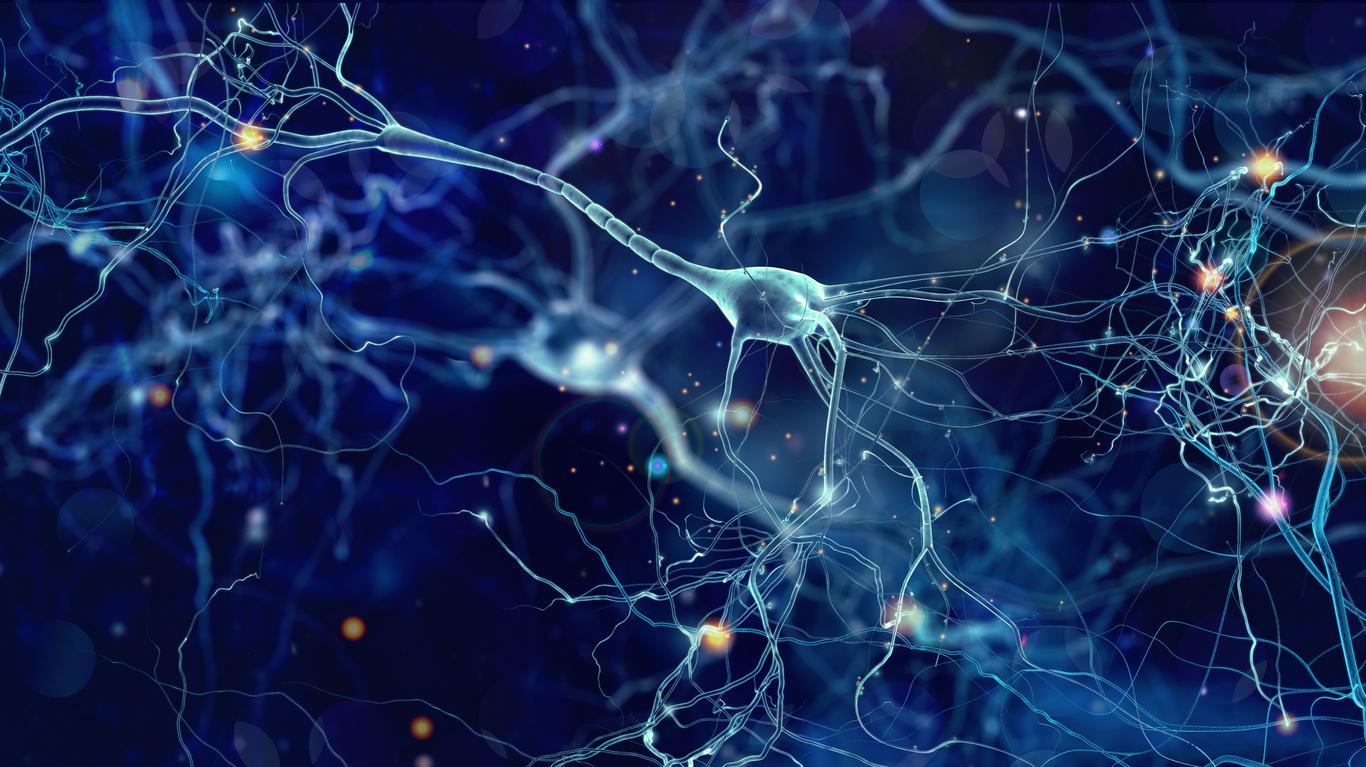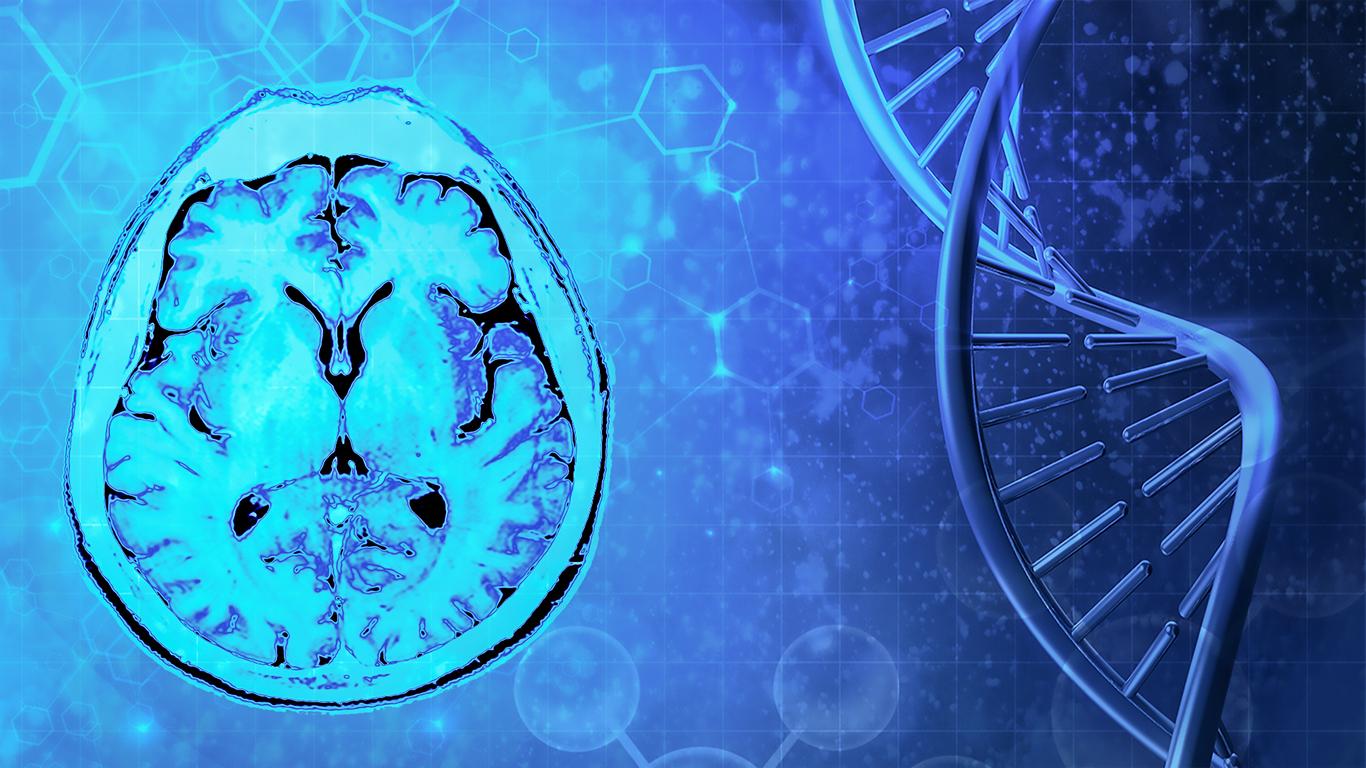Researchers have discovered a new circuit in the brain that may be responsible for panic disorder symptoms, paving the way for more effective treatments.

- Panic disorder is an anxiety disorder characterized by the repetition of panic attacks, unpredictable and more or less frequent, as well as by fear in anticipation of a new attack (in other words “the fear of being afraid”). Between 1 and 3% of French people are confronted with it at one point or another in their lives, and the vast majority are women.
- By mapping the mouse brain, researchers discovered a new brain circuit responsible for panic disorder in the lateral parabrachial nucleus (PBL), located in an area of the brainstem and known as the alarm center of the brain.
- This constitutes “an important step in mapping this anxiety disorder in the brain”, according to the researchers, but also “a promising discovery for the future development of treatments specific to panic disorder”.
Overwhelming fear, shortness of breath, rapid heart rate, sweating… We speak of “panic disorder” when a person suffers from episodes of acute anxiety attacks (or panic attacks) which are repeated, with the perpetual fear of live a new one. An anxiety disorder that affects 1 to 3% of French people at one point or another in their lives, and the vast majority are women.
By mapping the mouse brain, researchers from theSalk Institute for Biological Studies, in the United States, have discovered a new neural circuit responsible for this panic disorder, which could open the way to new, more effective treatments. Their work was published in the journal Nature Neuroscience.
Mapping Panic Disorder in the Brain
“We explored different areas of the brain to understand where panic attacks begin, explains Professor Sung Han, lead author of the study, in a communicated. Previously, we thought that the amygdala, known as the fear center of the brain, was the main culprit, but even people with damaged amygdala can still experience panic attacks.”
So scientists looked elsewhere, with the goal of being able to sketch a brain map of panic disorder. They examined a part of the brain called the lateral parabrachial nucleus (PBL), an area of the brainstem known as the brain’s alarm center and which, incidentally, also controls breathing, heart rate and body temperature.
PBL produces a neuropeptide, a small protein that sends messages throughout the brain. This neuropeptide, called PACAP (pituitary adenylate cyclase activating polypeptide), is known as the master regulator of stress responses. But what is the link between this PACAP brain circuit and panic disorder?
Towards new treatments specific to panic disorder
By confronting mice with panic attacks, researchers found that, “during a seizure, PACAP-expressing neurons activate and, once activated, release the PACAP messenger neuropeptide into another part of the brain called the dorsal raphe nucleus, where neurons expressing PACAP receptors reside. Released PACAP messengers activate these receptor neurons, thereby producing behavioral and physical symptoms associated with panic in mice.”

This link between panic disorder and the PACAP brain circuit constitutes “an important step in mapping this anxiety disorder in the brain”, according to Sung Han, but also “a promising discovery for the future development of specific treatments for panic disorder”. The scientific team discovered that by inhibiting PACAP signaling, it could disrupt the flow of PACAP neuropeptides… and thus reduce the symptoms of panic disorder.

















